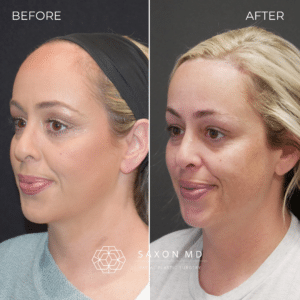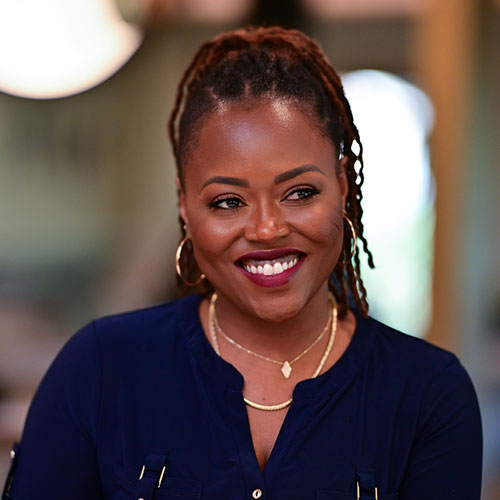Transform Your Look: The Power of Hairline Lowering Surgery (Part 3)
Part 2 of our series explored the consultation and surgical process for hairline lowering. Now, let’s focus on what to expect during recovery to ensure a smooth and successful healing process.
Immediate Post-Surgery Care
Immediately after hairline lowering surgery, a compressive wrap is placed around the forehead to minimize swelling and support the new hairline position. This wrap can be removed daily for gentle hair washing and cleaning of the incision sites.

Managing Swelling and Bruising
Mild swelling and bruising are common and typically descend around the eyes and cheeks due to gravity. These effects usually subside within a week or two. Keeping your head elevated and using ice packs can help reduce swelling more quickly.
Incision Care and Healing
The incision, often made within the hairline to minimize visible scarring, requires careful cleaning. Sutures or clips used to close the incision are removed a week after surgery. Following Dr. Saxon’s instructions for local wound care is crucial during this period. Once the incision has healed, applying silicone-based scar gels and using sunscreen can help ensure that the incision heals well and remains discreet.
Activity Restrictions and Lifestyle Adjustments
Patients are advised to do the following to promote optimal healing:
- Rest and avoid strenuous activities or heavy lifting for at least two weeks.
- Increase protein intake.
- Take all prescribed medications as directed to manage pain and prevent infection.
- Alternate acetaminophen and ibuprofen to keep pain at bay.
- Avoid hair dyes and chemical treatments for at least six weeks post-surgery.
- Avoid wearing hair pulled back in a tight ponytail or put into braids, as this can put tension on the incision.
- Protect the forehead from direct sunlight and use sunscreen regularly.
Expected Sensations and Timeline
Temporary numbness in the forehead area is normal due to the stretching of nerves during surgery. This numbness typically subsides over time, with full sensation returning gradually. Hair usually begins to grow through the incision within 2-6 months, revealing the final results.
Follow-Up and Monitoring
Regular follow-up appointments with Dr. Saxon are essential to monitor healing progress and promptly address concerns. Reporting any unusual symptoms or changes is essential to ensure a smooth recovery. Dr. Saxon will follow you for a year after your procedure, and the Saxon MD team will be there for you around the clock if any complications arise.
By adhering to these guidelines and maintaining open communication with your Saxon MD team, you can achieve the best possible results from your hairline lowering surgery.
For more detailed information and an extensive gallery of before and after photos, visit our Hairline Lowering page. You can also see before and after photos on the Saxon MD Instagram page.
Traveling from Out-of-Town?
Many of our patients travel from out of town for consultations and surgery with Dr. Saxon. If you’re interested in this procedure, Saxon MD offers virtual consultations.
Note that when you travel to Austin for surgery, it is helpful to have a friend or family member with you. You’ll need to have someone with you for 24 hours after surgery. If you’re unable to bring someone with you, Saxon MD can coordinate an overnight nurse to pick you up from surgery and stay with you overnight.
When you speak to the Aesthetic Concierge at Saxon MD, be sure to let them know that you’ll be traveling to Texas for your surgery. We can recommend places to stay, pharmacies nearby, and more.
Click here for a list of resources for our out-of-town patients.
Stay tuned for Part 4, where we will address common FAQs and share patient experiences to provide a comprehensive view of the hairline lowering journey.

